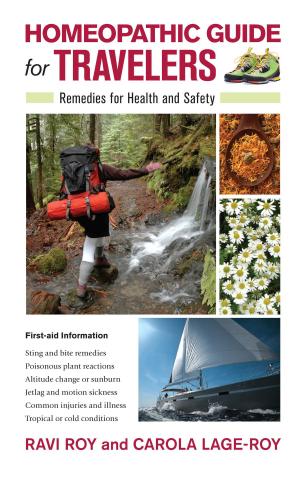Weeds in the Urban Landscape
Where They Come from, Why They're Here, and How to Live with Them
Nonfiction, Home & Garden, Gardening, Regional, Science & Nature, Nature, Plant Life, Plants| Author: | Richard Orlando | ISBN: | 9781623172121 |
| Publisher: | North Atlantic Books | Publication: | May 22, 2018 |
| Imprint: | North Atlantic Books | Language: | English |
| Author: | Richard Orlando |
| ISBN: | 9781623172121 |
| Publisher: | North Atlantic Books |
| Publication: | May 22, 2018 |
| Imprint: | North Atlantic Books |
| Language: | English |
A comprehensive identification guide to 189 common weeds in the urban environment, explaining their families and characteristics, with strategies for managing their presence in the garden and fields
This engaging field guide for the urban explorer, gardener, or armchair enthusiast traces the history of weeds as they migrated out of the Middle East with human tribes and spread across Europe and the Americas, details the folklore surrounding them, and explains their role in the evolution of agriculture and human civilizations as well as their many uses for medicine, food, animal fodder, and soil enhancement. Richard Orlando provides detailed descriptions of 189 common weeds—found across the U.S.—describing their families and characteristics, and suggesting strategies for managing their presence in the garden and field. Abundant illustrations enhance the text and facilitate plant identification. An annotated bibliography and index of botanical names, in addition to a detailed explanation of Integrated Pest Management, make this an essential reference for anyone with an interest in the world outside our doors.
A comprehensive identification guide to 189 common weeds in the urban environment, explaining their families and characteristics, with strategies for managing their presence in the garden and fields
This engaging field guide for the urban explorer, gardener, or armchair enthusiast traces the history of weeds as they migrated out of the Middle East with human tribes and spread across Europe and the Americas, details the folklore surrounding them, and explains their role in the evolution of agriculture and human civilizations as well as their many uses for medicine, food, animal fodder, and soil enhancement. Richard Orlando provides detailed descriptions of 189 common weeds—found across the U.S.—describing their families and characteristics, and suggesting strategies for managing their presence in the garden and field. Abundant illustrations enhance the text and facilitate plant identification. An annotated bibliography and index of botanical names, in addition to a detailed explanation of Integrated Pest Management, make this an essential reference for anyone with an interest in the world outside our doors.















